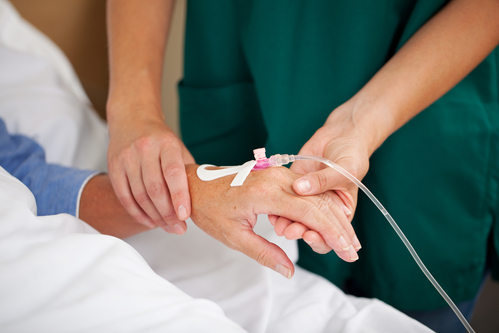Sickness absence among healthcare workers at highest level for 18 years


Sickness absence in the healthcare sector reached its highest level for 18 years in the second quarter of 2021, according to latest CBS figures.
The overall rate of 6.5% was 0.4 percentage points higher than at the midpoint of 2020. Nursing staff, people working in disability care and childcare workers were most likely to take time off work, the statistics agency said.
Among nursing and domiciliary care staff 7.9% of working days were lost through illness, the same level as a year ago, while the rate for disability care workers went up from 6.9% to 7.2%. The biggest rise was in childcare, where the sickness rate went up from 5.8% to 6.9% in the last year.
The study did not investigate whether coronavirus or related effects such as more stressful working conditions had contributed to the trend.
Bianca Buurman, chair of the nursing and care workers’ association V&VN, said the coronavirus pandemic had exacerbated underlying problems such as staff shortages.
We see long-term absence increasing, which is often caused by physical and mental issues such as burn-out. But we also see people with long Covid symptoms, so it’s a combination of things,’ she told NPO Radio 1.
‘Coronavirus has certainly made the problem worse, but before then we saw high sickness absence and high pressure at work, and we think that’s part of the reason for the continuing increase.’
The figures showed that the proportion of sick days across the economy increased by 0.2 percentage points to 4.3%, consistent with the trend of the last four years.
However, the number of sick days has been rising faster in most areas of healthcare – among family doctors the rate has almost doubled since 2018, going from 2.8% to 5.3%.
Thank you for donating to DutchNews.nl.
We could not provide the Dutch News service, and keep it free of charge, without the generous support of our readers. Your donations allow us to report on issues you tell us matter, and provide you with a summary of the most important Dutch news each day.
Make a donation